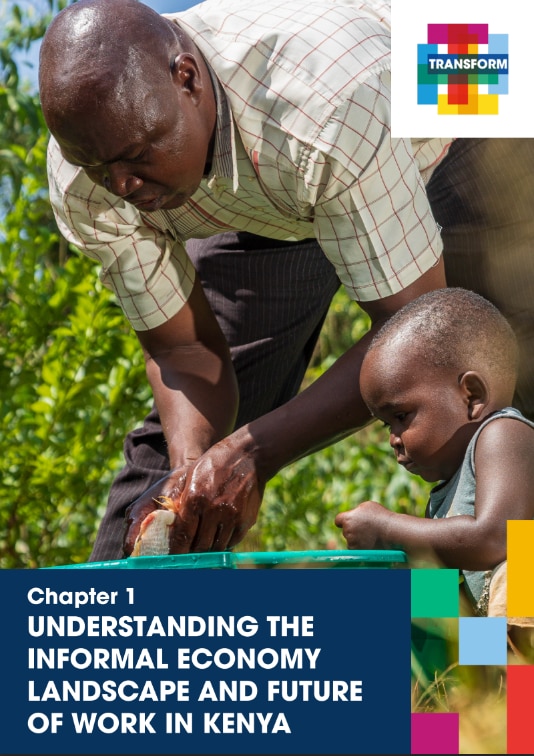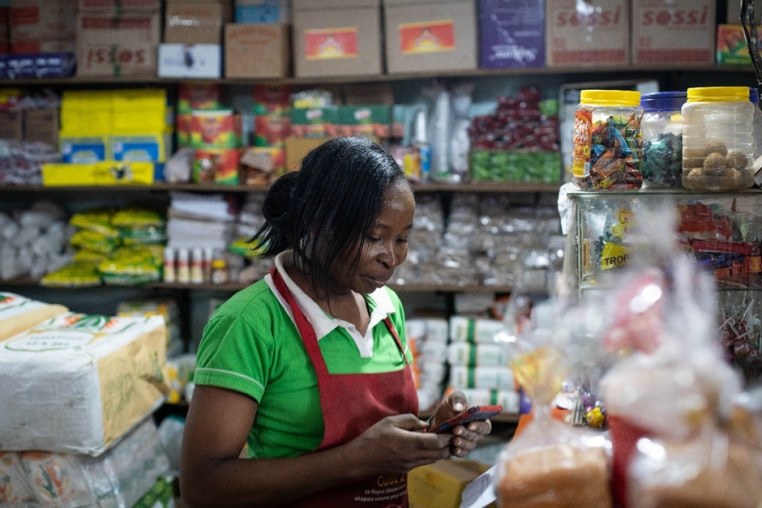Chapter 1: Understanding the Informal Economy Landscape and Future of Work in Kenya
This chapter explores existing literature focused on the crucial role of the informal economy in Kenya, highlighting its contribution to GDP, job creation, and the unique challenges faced by women and youths within it. It analyses current policies, the emerging “Jobtech” trend, and identifies key areas for further research to support this dynamic sector more effectively.
To find out more, please download Chapter 1 here.
Chapter 2: From Kibanda to Content Creation – Exploring the Invisible 83% in Kenya’s Informal Economy
This chapter delves into the lively and multifaceted Kenyan informal economy, where more than 15 million individuals carve out distinct paths to economic opportunity. Beyond conventional labels such as “mama mbogas” and “boda drivers,” this dynamic environment flourishes with a variety of livelihood approaches and diverse work portfolios. We break down overarching categories to concentrate on urban and peri-urban regions, recognising the intersecting influence of digital platforms and gig economy roles. Our focus narrows on three main segments within the informal economy: Food Service Provision, Creatives & Entertainment, and Agri-Livelihoods.
To find out more, please download Chapter 2 here.
Chapter 3: 400 Voices of Resilience and Aspiration from across Kenya’s Informal Economy
This chapter delves into the realities of Kenya’s informal economy, often misrepresented and misunderstood. Through conversations with 400 entrepreneurs across three key sectors: Food service provision, Creatives & Entertainment, and Agri-livelihoods, we paint a vivid picture of their daily lives, motivations, and challenges.
To find out more, please download Chapter 3 here.
Chapter 4: Invisible Livelihood Strategies of Kenya’s Informal Economy
Building on insights from Chapter 3 ‘400 voices of resilience and aspiration: across Kenya’s informal economy’, this chapter delves deeper into specific livelihood creation strategies often referred to as “business models.” This chapter focuses specifically on nine invisible livelihood strategies across the three market segments:





